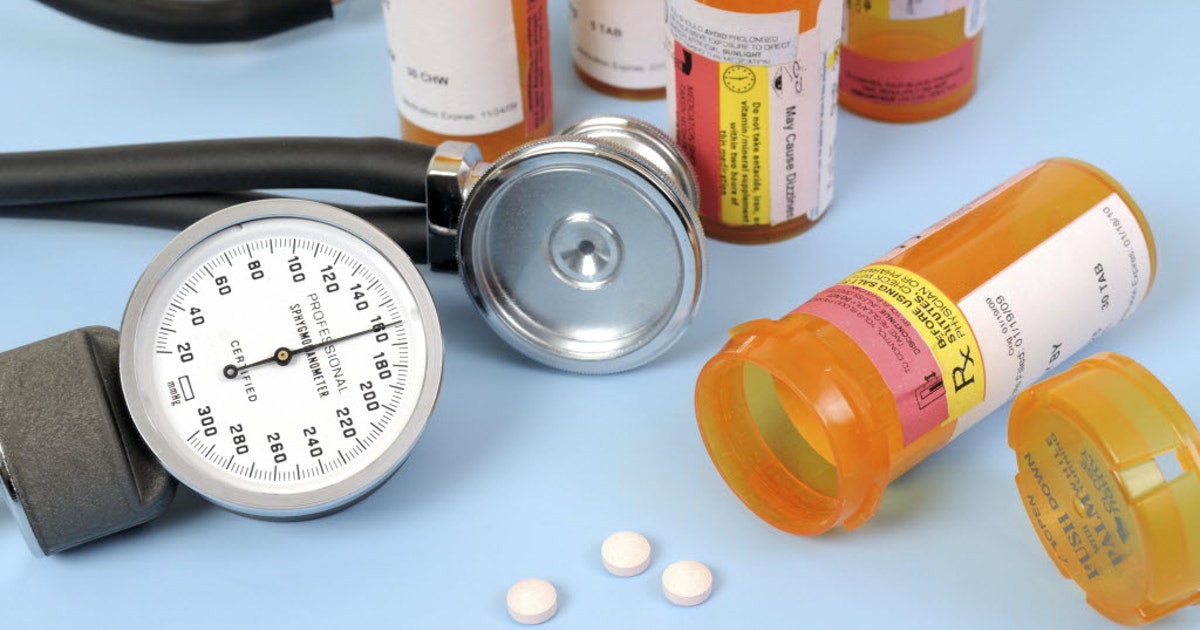Treatments For Managing Marfan's Syndrome
Blood Pressure Medication
Patients with Marfan's syndrome generally experience changes in blood pressure. Some patients will experience high blood pressure, and this can make aortic aneurysms expand, increasing the risk of a dangerous rupture. Doctors recommend patients with this syndrome keep their blood pressure lower than 130/80, and blood pressure medication, including ACE inhibitors and beta blockers, can be helpful with this. The majority of Marfan's syndrome patients actually have low blood pressure, and this can increase the risk of dizziness and fainting. In addition to taking blood pressure medication, patients are encouraged to engage in healthy behaviors that may keep blood pressure within normal limits. These include maintaining normal cholesterol levels, eating a plant-based diet, exercising regularly at a moderate intensity, and abstaining from smoking. Patients are encouraged to keep their resting heart rate below seventy beats per minute, and they may wish to monitor their blood pressure and pulse at home. Marfan's syndrome patients will likely be under the care of a cardiologist, who will carry out regular heart health checks that may include echocardiograms and electrocardiograms.
Get the details on more ways to manage Marfan's syndrome now.
Aortic Repair

An aortic repair is a surgical procedure that can correct an aortic aneurysm, one of the most common complications associated with Marfan's syndrome. An aortic aneurysm is a bulge in the aorta, a major blood vessel that transports blood from the heart to the rest of the body. An aortic repair removes the bulging area of the aorta, replacing it with a specialized fabric tube. This operation takes place under general anesthesia, and it can be performed as an open procedure or as an endovascular procedure. The open procedure may take between two to six hours, and patients may need to stay in the hospital for one week to recover. While the endovascular procedure takes less time and requires one or two days of hospital recovery time, certain types of aneurysms can only be repaired using the open surgery method. For both procedures, patients need between four to six weeks of additional recovery time after returning home.
Discover more Marfan's syndrome treatments now.
